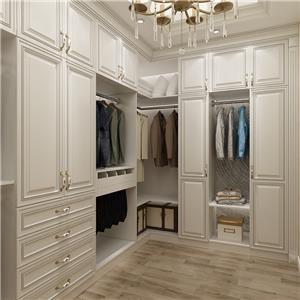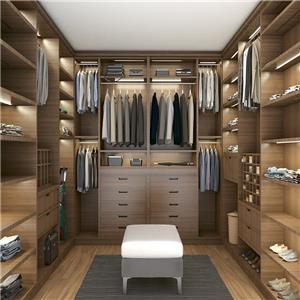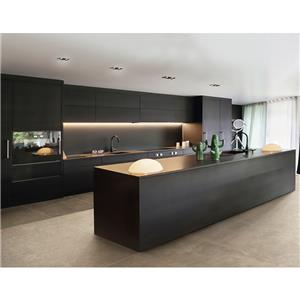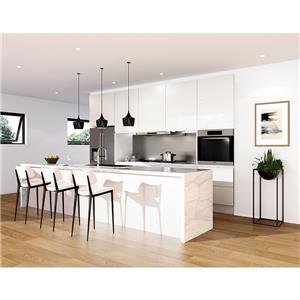How to choose cabinet material
What your cabinets are made of determines how they look and how they'll stand up to daily use. To help you strike a balance between style and structural support, here's a look at the most common cabinetry materials.
Wood cabinets are a classic feature in any kitchen. When stained or kept natural, wood cabinets pair with nearly every decorating style, making them a 产品 Although most cabinets are made from hardwoods, these materials are often applied as veneers over a substrate, such as plywood, to reduce costs. Wood alternatives, such as laminate and Thermofoil, provide another cabinet material option that offers the look of hardwood for an even lower cost.
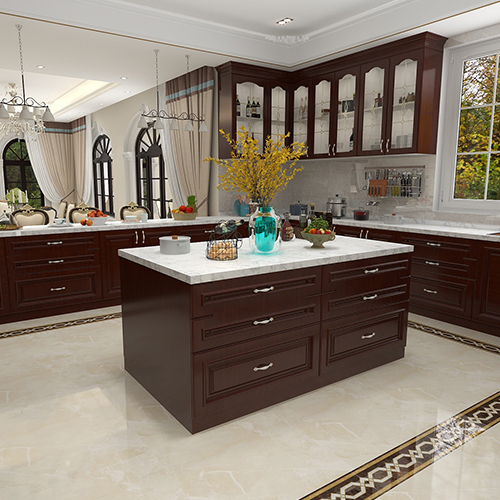
Before you choose wood cabinets, know that they can warp easily as the moisture content changes. That's why it's important that the wood is finished on all sides before it leaves the factory. Unfinished cabinetry should be finished on-site as soon as possible to prevent warping. Veneered cabinets are more stable than solid lumber in high-humidity areas. Follow along to learn more about various cabinet types, including wood cabinet varieties and alternatives like laminate kitchen cabinets.
Choosing the right cabinet material is crucial for durability, aesthetics, and functionality in your kitchen or storage area. Here's a guide to help you make an informed decision:
Wood: Solid wood, like maple, cherry, or oak, offers timeless beauty and strength. It can be stained or painted, allowing customization. However, solid wood is pricier and susceptible to moisture and temperature changes.
Plywood: Engineered wood like plywood is made of thin wood layers glued together, providing stability and resistance to warping. It's a cost-effective alternative to solid wood, maintaining good quality while being less expensive.
Medium-Density Fiberboard (MDF): MDF is made from wood fibers and resin, creating a smooth surface ideal for painting. It's dense and strong but less resistant to moisture than plywood.
Particle Board: A budget-friendly option, particle board consists of wood chips and resin. While it's heavier and less durable than other materials, it's often used as a base for laminates or veneers to improve its look and resilience.
Metal (Stainless Steel/Aluminum): Metal cabinets are durable, easy to clean, and resist moisture and pests. They offer a modern, industrial look but can be noisy and may dent or scratch.
Melamine/Laminate: These synthetic materials are applied over particle board or MDF, providing a hard, durable surface that resists scratches and stains. They come in various colors and patterns natural wood grains.
Thermofoil: A plastic coating applied to MDF, thermofoil provides a seamless, easy-to-clean surface. It's affordable but can peel with heat exposure.
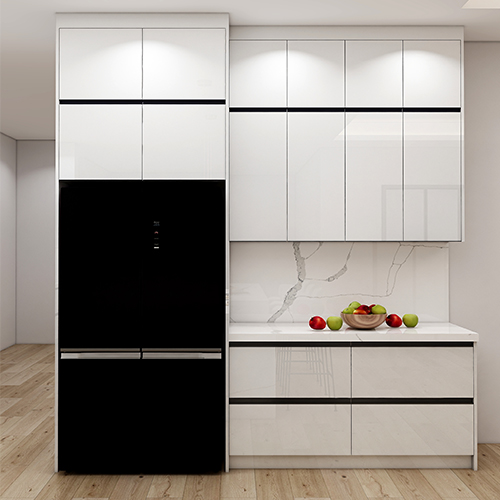
When choosing cabinet materials, you need to consider durability, aesthetics, and budget. 1. Solid wood materials such as oak and cherry wood are naturally beautiful and durable but are more expensive and need to be protected from moisture and sun. 2. Density board and particle board are economical and widely applicable. The outer covering veneer can imitate wood grain. Pay attention to moisture-proofing. 3. Stainless steel material has a strong modern feel, is easy to clean, and is corrosion-resistant. It is suitable for simple style, but it may have scratches. 4. The glass door panel is transparent and bright, and has a good display effect. It is matched with a wooden or metal frame and is suitable for modern kitchens. 5. PET polymer material, environmentally friendly, scratch-resistant, rich in color, easy to clean, suitable for families pursuing cost-effectiveness. Consider the kitchen environment, personal style and long-term use needs, and choose wisely to make the cabinets both practical and enhance the taste of your home.
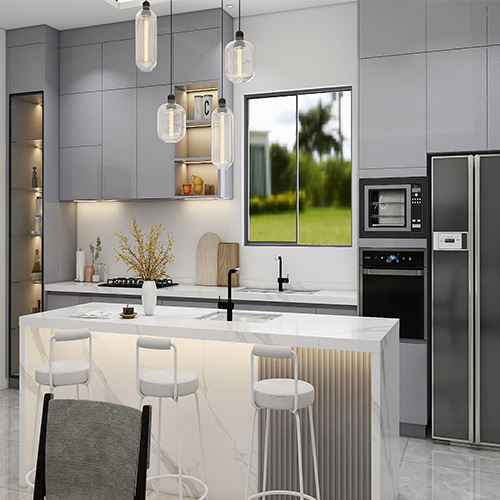
Consider factors such as budget, style preference, durability needs, and the level of maintenance you're willing to commit to. For humid or heavy-use areas, prioritize moisture-resistant materials. If you value sustainability, look for eco-friendly options like bamboo or reclaimed wood. Lastly, don't forget to consider the overall design of your space and how the cabinet material will complement it.

